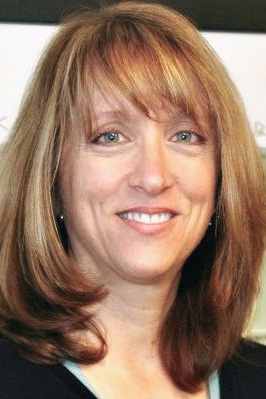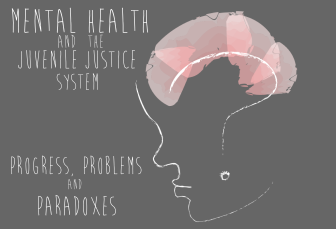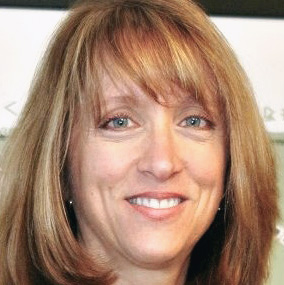 Think of what happens when someone breaks an arm: They go to an emergency room, the arm is examined and repaired. There is a healing period and, for the most part, the doctor’s role is over and life goes on as before the break.
Think of what happens when someone breaks an arm: They go to an emergency room, the arm is examined and repaired. There is a healing period and, for the most part, the doctor’s role is over and life goes on as before the break.
Unfortunately in this country, services for mental health and addiction are treated in this same manner — based on an acute-care model — even though the characteristics mirror a chronic health condition, such as diabetes, much more than a broken bone. When people have an addiction and are lucky enough to have the means, they are given an assessment (even if they admit to the duration and quantity of their alcohol or drug use) and are told by an expert where to go for treatment. After an amount of time often determined by a utilization manager for an insurance company or members of a treatment team, the person completes treatment and is sent on to his or her life, often with little or no support.
[module type=”aside” align=”right”] Learn more about mental health and substance abuse on JJIE.org’s Juvenile Justice Resource Hub.
Learn more about mental health and substance abuse on JJIE.org’s Juvenile Justice Resource Hub.
Ever-improving brain science demonstrates that addiction is a brain disorder. The introduction of a powerfully reinforcing psychoactive substance — such as alcohol, cocaine, heroin or other opiates — changes perception and changes behavioral priorities. Interrupting such use can happen for a variety of reasons, and treatment interventions can be helpful to create that interruption. However, sustaining that interruption is difficult, depending on how long a person has been using, how much they consumed during their use, whether they have supports around them that help strengthen internal motivation and a variety of other factors that are specific to each person.
Recovery is a deeply personal journey. Yet, treatment programs often require people to follow one specific regimen, and if it isn’t effective or doesn’t result in the person completing the program, that person is seen as “not being ready” or “not really wanting it.” A doctor doesn’t say “you must not really want this, come back when you do” to a person living with diabetes whose blood sugar rises. To a person with a heart condition, a family member doesn’t say “you have to hit bottom in order to get help.” But we say those things to people with addiction.
Adolescents have an increased risk relative to the effects of drugs and alcohol because their brains are still developing. But most young people who may need treatment are not going to get it and if they do, they are not remaining in care long enough for it to impact their lives in a meaningful way. In fact, only one in 20 adolescents who need treatment actually receives it. And according to the Office of Applied Statistics (2009), fewer than half of adolescents (44 percent) stayed in treatment the recommended minimum of 90 days.
Read more about substance use disorder on Youth Today and JJIE.
This information can be used to educate and enlighten teens and their parents, and can inform a strong prevention strategy. A proven behavioral health screening tool called CRAFFT can be used to screen adolescents for high risk of alcohol and other drug-use disorders. It can be used to start a longer conversation about risky use and the negative consequences of such through a series of brief mentoring interventions that help young people get the support they need. This type of screening often takes place in medical offices, but there is a movement across the country to implement it in nonmedical settings.
In the conversations we have had with young people about what helps in their recovery, we are told that it’s about having a space for honest conversations about their use; to be able to have fun without alcohol or drugs; to be welcomed back to their home schools if they have to go away for treatment and have allies there to support them when they get back. Sober support groups in schools would be helpful, they say, and they desire a nonpunitive approach in case they have
a setback.
Young people also tell us that recovery is about more than creating a life where drugs and alcohol no longer have a place. It’s about creating a meaningful life based on things they care about — their passions and their strengths. It’s important that they have places they know will be safe and sober environments. And this cannot happen in a 90-day treatment program staffed by experts. It happens in communities that embrace young people longing to live a life of wellness. It happens in communities, schools and families that do not discriminate against people with addiction, who understand that addiction is a preventable, treatable chronic health condition from which they can and should recover.
Neil Campbell is the executive director of the Georgia Council on Substance Abuse, a nonprofit dedicated to reducing the impact of substance use disorders through education, advocacy and training. She recently received the 2015 Voice Award from SAMHSA (Substance Abuse and Mental Health Services Administration), honoring leaders “who educate the public about behavioral health.”
More related articles:
‘Somebody Asked:’ A Simple Strategy to Address Substance Use
Recovery from Substance Use Disorders and Risky Use: Everyone Has the Right to Get Well
Opinion: A Gateway Drug Can Be the First Step On the Way Out
































